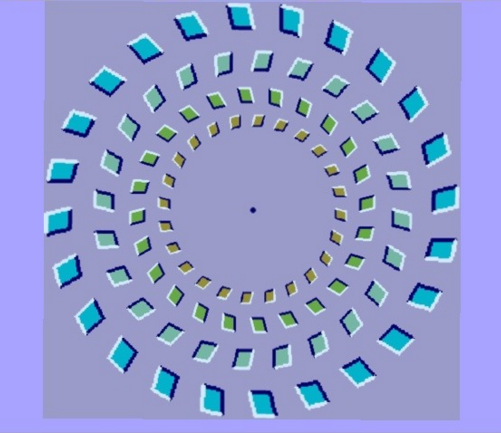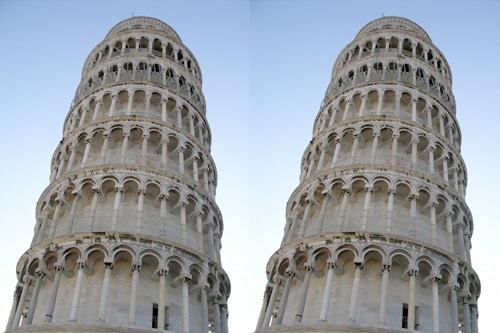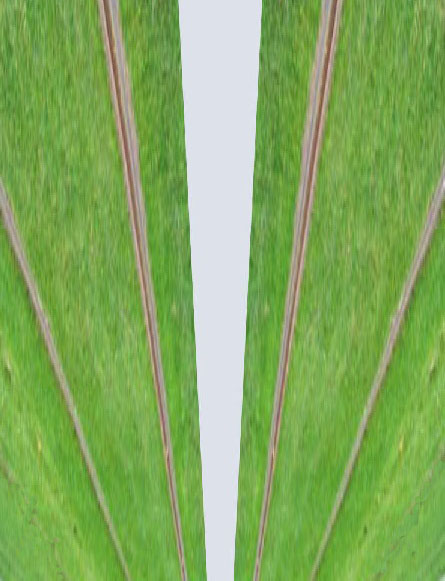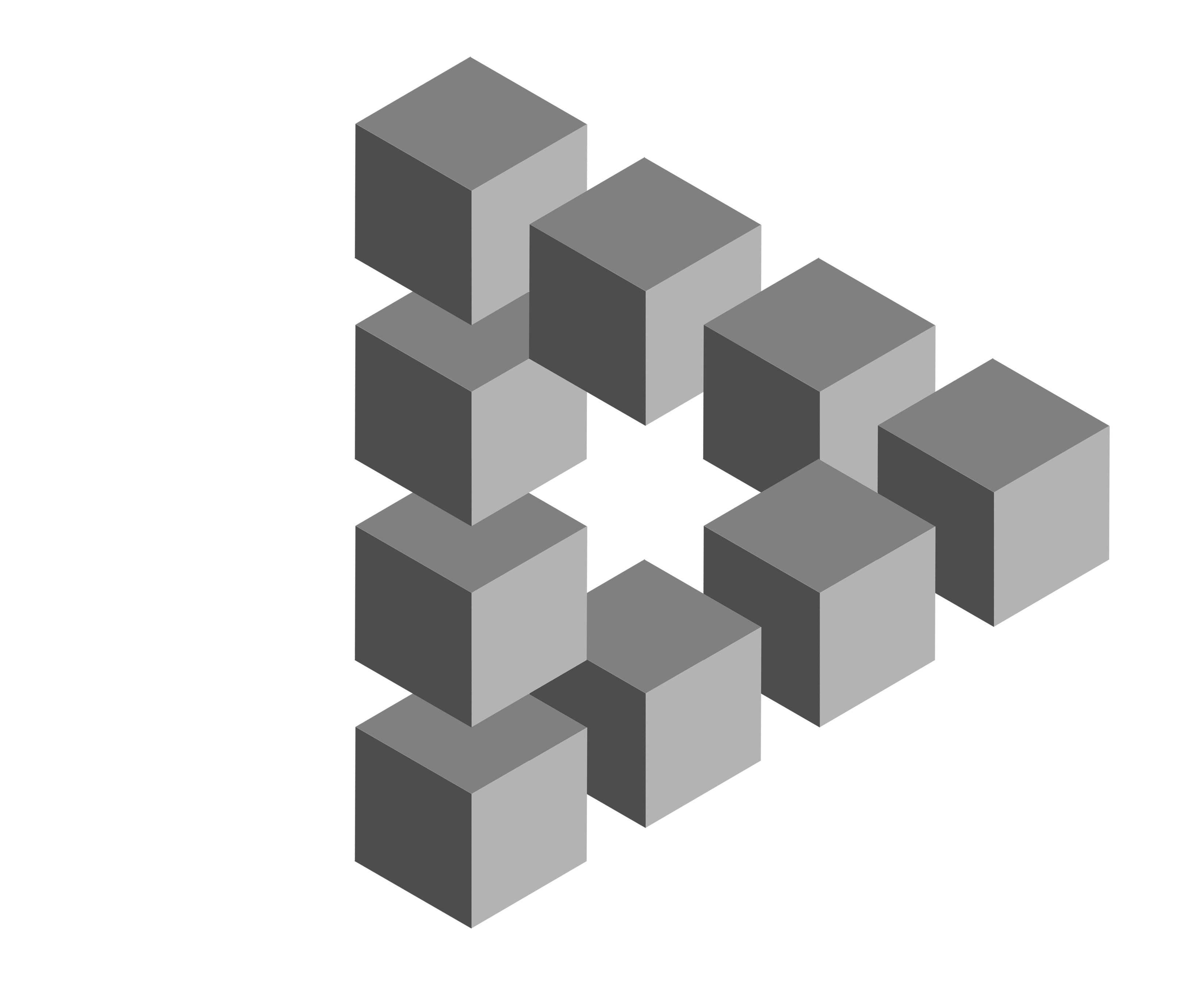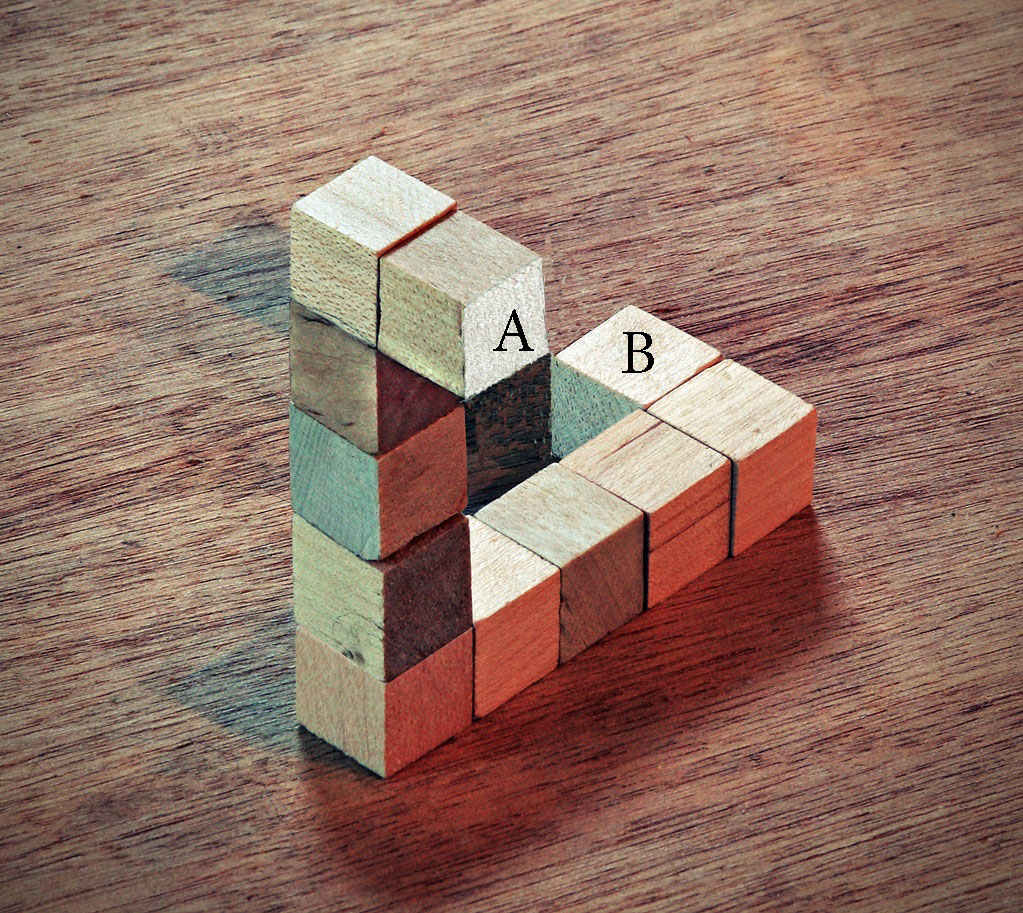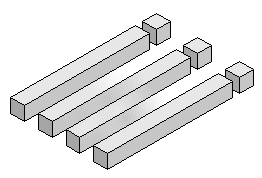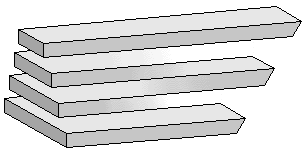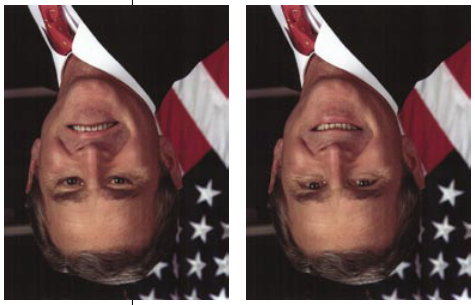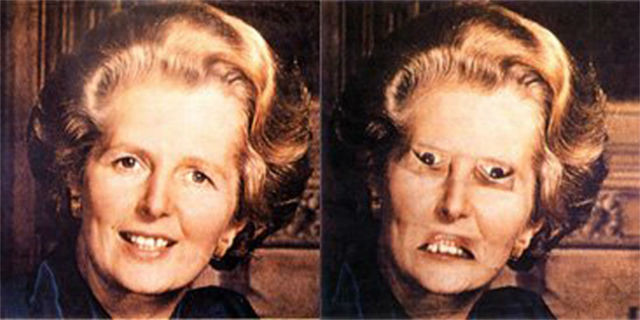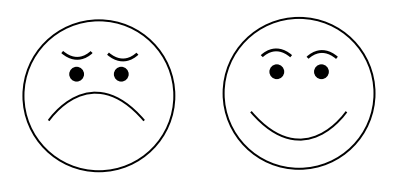Pinna illusion
Pinna illusion is the first visual illusion showing a rotating motion effect. In Figure below, the squares, delineated by two white and two black edges each, are grouped by proximity in two concentric rings. All the squares have the same width, length, and orientation in relation to the center of their circular arrangements. The two rings differ only in the relative position of their narrow black and white edges forming the vertexes. More precisely, the two rings show reversal of the vertex orientation and, consequently, opposite inclination of the virtual or implicit diagonal orientation polarity obtained by joining the two vertexes where black and white lines meet (Pinna, 1990; Pinna & Brelstaff, 2000).
When the observer’s head is slowly moved towards the figure with the gaze fixed in the center, the inner ring of the squares appears to rotate counter-clockwise and the outer ring clockwise. The direction of rotation is reversed when the observer moves away from the figure, the same squares of the inner ring appear to rotate clockwise, while those of the outer ring rotate counter-clockwise. The apparent motion is perceived instantaneously and in a direction perpendicular to the true motion. The speed of the resultant illusory motion appears to be proportional to that of the motion imparted by the observer. Figure 2 simulates the action of moving towards and away from the figure by physically expanding and contracting the pattern shown in Figure 1. The two concentric rings of squares now appear to counter-rotate when the gaze is fixed on the center and the observer is stationary. When the same figure is physically rotated clockwise, the inner ring appears to contract and the outer one appears to expand (Figure 3). The opposite effects are perceived when the figure is rotated counter-clockwise. (scholarpedia)
Pinna illusion (Classic Pinna illusion)
The Pinna illusion is comprised of two concentric circles of micropatterns. The two circles seem to counter-rotate when the viewer's head is moving forwards and backwards while looking at the black dot.

Additional images of Pinna illusion:
http://hompi.sogang.ac.kr/mkyang/O/visual/pinna.html alternate www.archimedes-lab.org/ alternate
Pinna's Intertwining illusion
Pinna's Spiral Intertwining illusion




Illusory intertwining and spiral effect
Consequences of the illusory convergence and divergence (loss of parallelism) are manifest in the two effects illustrated in Figure 12a-b, where the concentric circles, made up of squares, appear (a) intertwined when the implicit diagonals are alternated among the circles or (b) like a spiral when all the implicit polarities have the same orientation. The two effects rotate in opposite (clockwise vs. counter-clockwise) directions when the orientation polarities are explicit as illustrated in Figure 12c-d (Pinna & Gregory, 2002).
